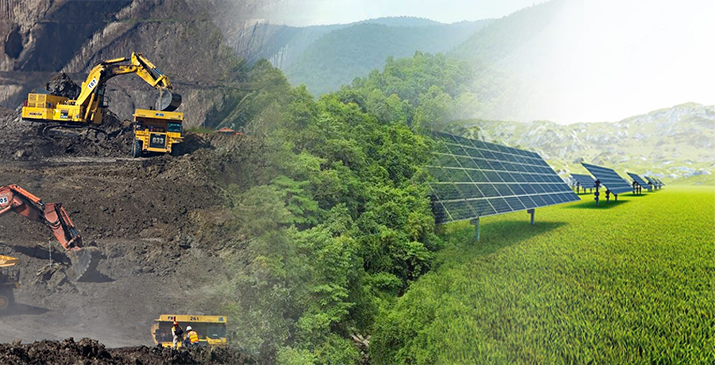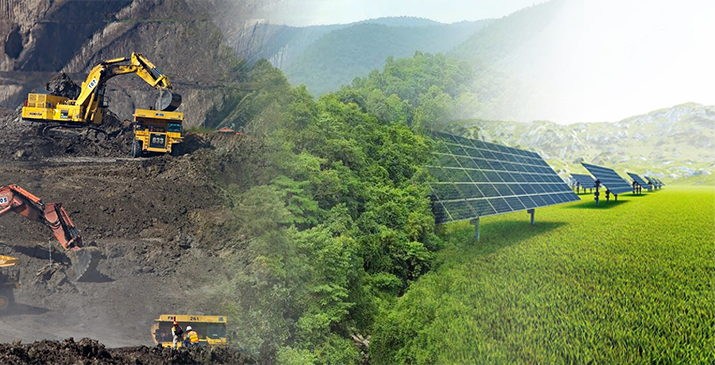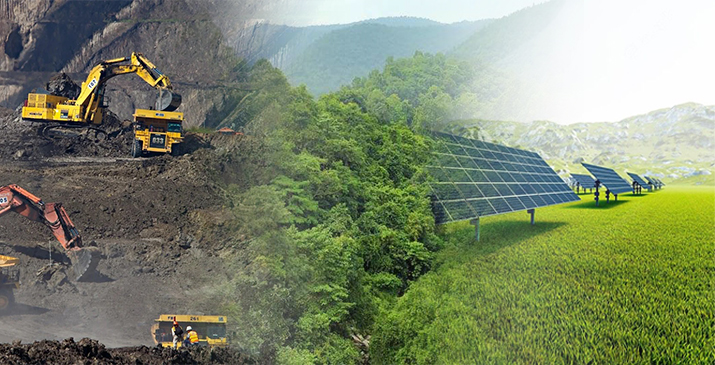Livelihood Transition
In many fossil fuel-dependent regions, the local economy revolves around coal and its allied industries. For a shift towards a net-zero scenario, any unplanned closure of mines or absence of environmental remediations can create socio-economic disruptions. This may directly or indirectly affect the local ecosystem created by the coal supply chain. This also poses risks for coal workers and particularly contractual/unorganised labourers. Understanding what these impacts may be and how to manage them is essential. Broadly, it requires careful planning and suitable interventions to develop an alternative pathway.
The Task Force is conducting studies and identifying the emerging sectors in the local economy, and mapping of required skill sets for the newer jobs in the clean/green sector for sustainable livelihood purposes.
Key Objectives
Development of a State Livelihood Action Plan for inclusive transition with a focus on identifying new opportunities and redeveloping the coal-dominated districts through an economic diversification plan.
Assessment of green jobs with skilling and re-skilling plan for Jharkhand to enable future growth.
Alternative livelihood assessment of vulnerable communities/unorganised sector/informal economy in coal-rich districts.
























